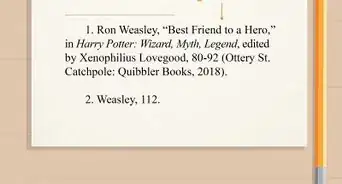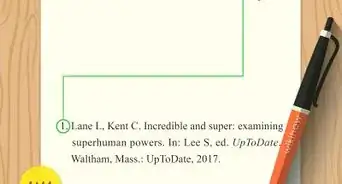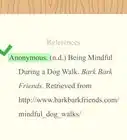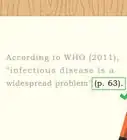This article was co-authored by wikiHow staff writer, Jennifer Mueller, JD. Jennifer Mueller is a wikiHow Content Creator. She specializes in reviewing, fact-checking, and evaluating wikiHow's content to ensure thoroughness and accuracy. Jennifer holds a JD from Indiana University Maurer School of Law in 2006.
There are 9 references cited in this article, which can be found at the bottom of the page.
This article has been viewed 9,657 times.
Learn more...
Sometimes when you're working on a research paper, you come across a great source that unfortunately has information missing that you would need for your citation, such as a date of publication. This is most common with online sources. Typically, you'll replace the date of publication with the date you accessed the source. However, your specific format varies depending on whether you're using the Modern Language Association (MLA), American Psychological Association (APA), or Chicago citation method.
Steps
MLA
-
1List the name of the author first in your Works Cited entry. Type the author's last name first, followed by a comma, then the author's first name. Place a period at the end of the author's first name.[1]
- Example: Potter, Harry.
- If the source also doesn't have an author, start with the title of the source.
-
2Type the title of the source in quotation marks. Copy the full title using title case, in which you capitalize the first word and all nouns, pronouns, adjectives, adverbs, and verbs in the title. Place a period at the end, inside the closing quotation marks.[2]
- Example: Potter, Harry. "Remain on Guard."
- Example with no author: "How Globe and Mail Reporters Trace the Rise of Fentanyl."
Advertisement -
3Include the name of the website in italics. Type the name of the website as it appears on the website, retaining any odd spacing or capitalization. Place a period at the end of the name of the website.[3]
- Example: Potter, Harry. "Remain on Guard." The Leaky Cauldron.
- Example with no author: "How Globe and Mail Reporters Trace the Rise of Fentanyl." Globe and Mail.
-
4Provide the direct URL for the source if you found it online. Copy the entire URL, leaving out the "https://" portion. Place a period at the end of the URL.[4]
- Example: Potter, Harry. "Remain on Guard." The Leaky Cauldron. www.leakycauldron.org/news/latest/potter.html.
- Example with no author: "How Globe and Mail Reporters Trace the Rise of Fentanyl." Globe and Mail. www.theglobeandmail.com/news/investigations/how-globe-and-mail-reporters-traced-the-rise-of-fentanyl/article29569921/.
-
5Add the date you accessed the source to the end of the citation. Type the word "Accessed" followed by the date you accessed the source in day-month-year format. Use 3-letter abbreviations for the names of months that are longer than 4 letters. Place a period at the end of the date.[5]
- Example: Potter, Harry. "Remain on Guard." The Leaky Cauldron. www.leakycauldron.org/news/latest/potter.html. Accessed 20 July 2019.
- Example with no author: "How Globe and Mail Reporters Trace the Rise of Fentanyl." Globe and Mail. www.theglobeandmail.com/news/investigations/how-globe-and-mail-reporters-traced-the-rise-of-fentanyl/article29569921/. Accessed 13 Sep. 2019.
-
6Use the author's last name for in-text citations. MLA in-text citations normally require the author's last name and the page number. If the web page doesn't have any page numbers, just use the author's name. Place it in parentheses at the end of any sentence in which you refer to the source, inside the sentence's closing punctuation.[6]
- For example, you might write: Despite his defeat, Voldemort's followers remain a persistent threat for the Wizarding World (Potter).
- If you include the author's name in the text of your paper, there's no need for any parenthetical citation at the end of the sentence.
- If the source has no author, include the first word or two from the title in quotation marks in your parenthetical citation. For example, you might write: Because of its widespread illegal sale, experts have difficulty getting an accurate picture of the drug's actual usage ("How Globe").[7]
APA
-
1Start your Reference List entry with the author's name. Type the author's last name, followed by a comma. Add the author's first initial, followed by a period. Include the author's middle initial as well, if that's provided in the source.[8]
- Example: Lovegood, L.
-
2Use the abbreviation "n.d." in place of the date. After the author's name, type the abbreviation "n.d." in parentheses to indicate "no date." Place a period at the end, outside the closing parentheses.[9]
- Example: Lovegood, L. (n.d.).
- If the source has no author, you would place the title in place of the author, using the same capitalization and punctuation as you would for a sentence. The abbreviation "n.d." then goes after the title.
-
3Provide the title of the specific source. Type the title of the source in sentence case, capitalizing only the first word and any proper nouns in the title, as you would in a sentence. Place a period at the end of the title. If there's a subtitle, put a colon after the title, then add the subtitle, also in sentence case, with a period at the end.[10]
- Example: Lovegood, L. (n.d.). Ministry still at odds with dark wizards.
- Example with no author: Whales in the ocean. (n.d.).
-
4Add the name of the website. Type the name of the website in italics, followed by a period. Use the same capitalization and formatting for the name of the website that is used on the page.[11]
- Example: Lovegood, L. (n.d.). Ministry still at odds with dark wizards. TheQuibbler.
- Example with no author: Whales in the ocean. (n.d.). Ocean Life Magazine.
-
5Close with the date of access and URL. Type the word "Retrieved" followed by the date you accessed the source in month-day-year format. Don't abbreviate the name of the month. Type the word "from" after the date, then copy the direct URL for the source. Don't put a period at the end of the URL.[12]
- Example: Lovegood, L. (n.d.). Ministry still at odds with dark wizards. TheQuibbler. Retrieved July 18, 2019 from https://www.quibbler.org/urgent/lovegood/ministry_news.htm
- Example with no author: Whales in the ocean. (n.d.). Ocean Life Magazine. Retrieved July 21, 2020 from http://www.oceanlife.com/whales
-
6Include the author's name and "n.d." for in-text citations. APA in-text citation requires the author's name and the date. Since you don't have the date, type the author's name in parentheses at the end of the sentence, followed by a comma, then the abbreviation "n.d." The parenthetical citation goes inside the closing punctuation for the sentence.[13]
- For example, you might write: Although Voldemort has been defeated, many wizards point to the strong influence his followers still have (Lovegood, n.d.).
- If you include the author's name in the text of your paper, include a parenthetical with the abbreviation "n.d." immediately after the author's name. For example, you might write: Lovegood (n.d.) insists that dark wizards are still attempting to influence Ministry decisions.
- If the source has no author, use the title of the source in quotation marks for your in-text parenthetical citation. For example, you might write: For some of the largest animals in the world, the majority of their diet consists of some of the smallest creatures ("Whales in the ocean," n.d.).
Chicago
-
1Start your Bibliography entry with the author's name. Type the author's last name first, followed by a comma, then their first name. Place a period after the author's first name.[14]
- Example: Skeeter, Rita.
-
2Provide the title of the source in quotation marks. Type the title in title case, capitalizing the first word plus all nouns, pronouns, adjectives, adverbs, and verbs. If there's a subtitle, place a colon after the title and then add the subtitle, also using title case. Place a period at the end, inside the closing quotation marks.[15] If the source has no author, use the title of the source first in your entry.[16]
- Example: Skeeter, Rita. "Harry Potter: Conquerer and Coward."
- Example with no author: "Privacy Policy"
-
3List the name of the website where you found the source. Type the title of the website in italics, following the same capitalization and formatting that the website uses. Place a period at the end of the website's name.[17]
- Example: Skeeter, Rita. "Harry Potter: Conquerer and Coward." Daily Prophet Online.
- Example with no author: "Privacy Policy." Google Privacy Center.
-
4Add the date you accessed the source and a URL. Type the word "Accessed" followed by the date in month-day-year format. Don't abbreviate the name of the month. Place a period at the end of the date. Then, copy the full URL for the source, followed by a period.[18]
- Example: Skeeter, Rita. "Harry Potter: Conquerer and Coward." Daily Prophet Online. Accessed July 17, 2019. https://www.dailyprophet.com/skeeter/blasts/potter.html.
- Example with no author: "Privacy Policy." Google Privacy Center. Accessed July 21, 2020. http://www.google.com/intl/en/privacypolicy.html.
-
5Use sentence capitalization and punctuation for footnotes. A full footnote is formatted to read as a sentence, with the author's first name listed first and the elements separated by commas rather than periods. The only period occurs at the end of the footnote.[19]
- Example: Rita Skeeter, "Harry Potter: Conquerer and Coward," Daily Prophet Online, accessed July 17, 2019, https://www.dailyprophet.com/skeeter/blasts/potter.html.
- Example with no author: "Privacy Policy," Google Privacy Center, accessed July 21, 2020, http://www.google.com/intl/en/privacypolicy.html.
References
- ↑ https://columbiacollege-ca.libguides.com/mla/missing_info
- ↑ https://columbiacollege-ca.libguides.com/mla/missing_info
- ↑ https://columbiacollege-ca.libguides.com/mla/missing_info
- ↑ https://columbiacollege-ca.libguides.com/mla/missing_info
- ↑ https://guides.library.unr.edu/mlacitation/cite-missinginfo
- ↑ https://owl.purdue.edu/owl/research_and_citation/mla_style/mla_formatting_and_style_guide/mla_in_text_citations_the_basics.html
- ↑ https://style.mla.org/source-with-no-author/
- ↑ https://apastyle.apa.org/style-grammar-guidelines/references/missing-information
- ↑ https://apastyle.apa.org/style-grammar-guidelines/references/missing-information
- ↑ https://guides.himmelfarb.gwu.edu/c.php?g=27779&p=170342
- ↑ https://guides.himmelfarb.gwu.edu/c.php?g=27779&p=170342
- ↑ https://guides.himmelfarb.gwu.edu/c.php?g=27779&p=170342
- ↑ https://guides.himmelfarb.gwu.edu/c.php?g=27779&p=170342
- ↑ https://owl.purdue.edu/owl/research_and_citation/chicago_manual_17th_edition/cmos_formatting_and_style_guide/web_sources.html
- ↑ https://libguides.gprc.ab.ca/c.php?g=70707&p=455888
- ↑ https://libguides.msubillings.edu/c.php?g=242157&p=1610539
- ↑ https://owl.purdue.edu/owl/research_and_citation/chicago_manual_17th_edition/cmos_formatting_and_style_guide/web_sources.html
- ↑ https://owl.purdue.edu/owl/research_and_citation/chicago_manual_17th_edition/cmos_formatting_and_style_guide/web_sources.html
- ↑ https://libguides.gprc.ab.ca/c.php?g=70707&p=455888

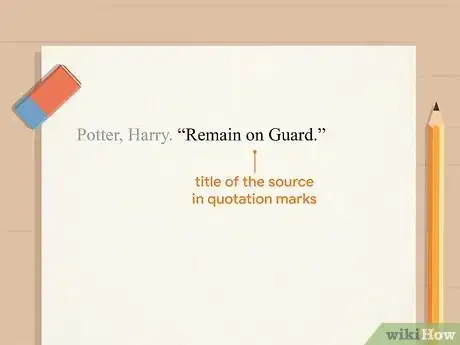
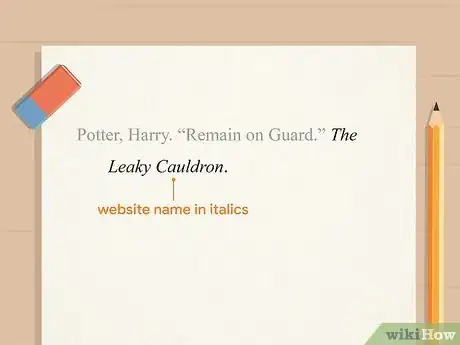

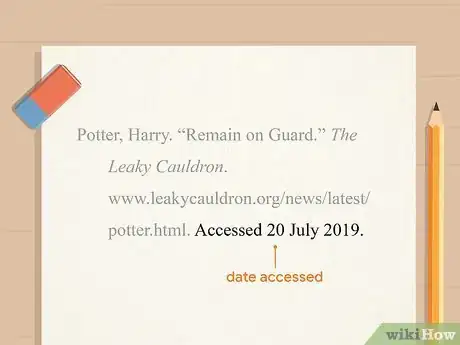

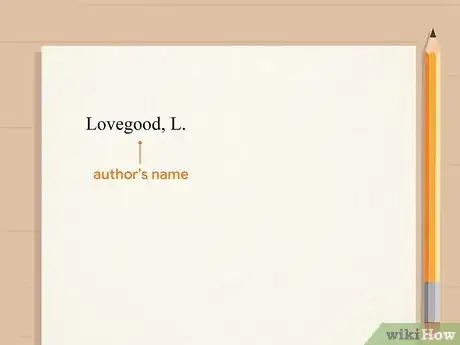
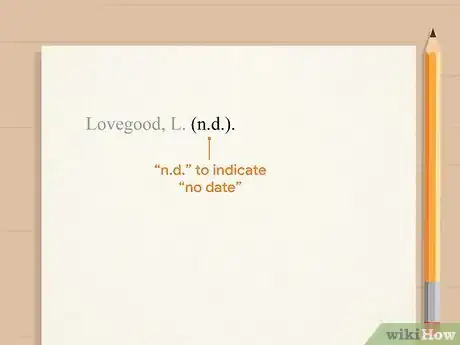
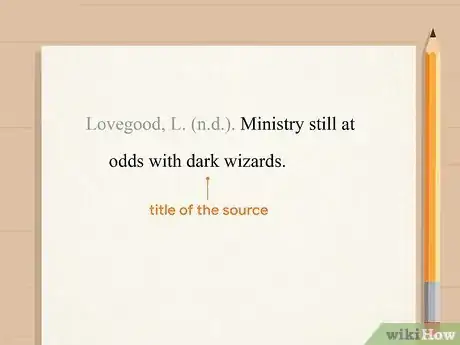
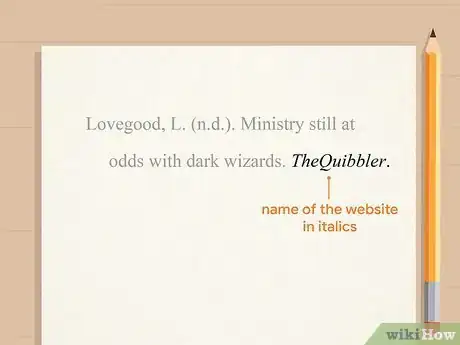
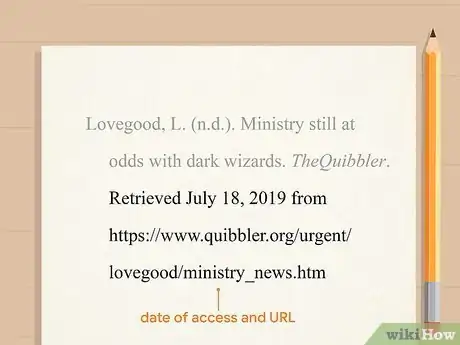
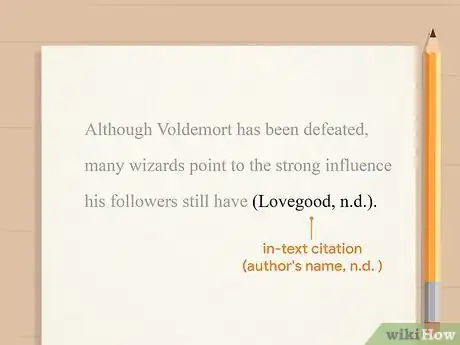
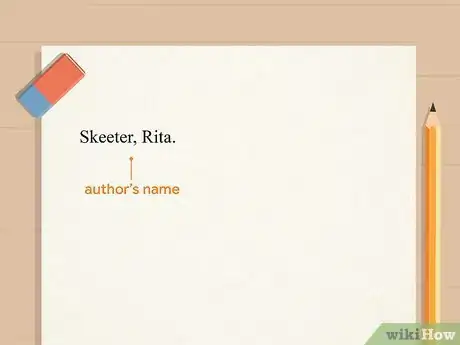
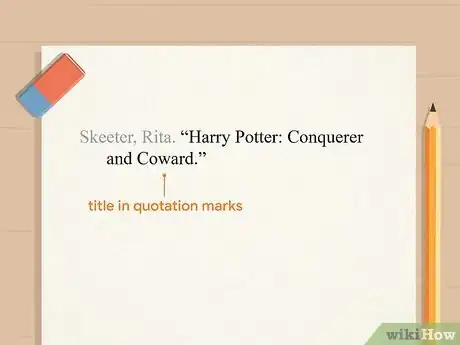

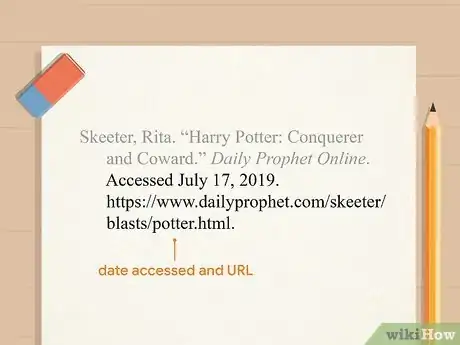
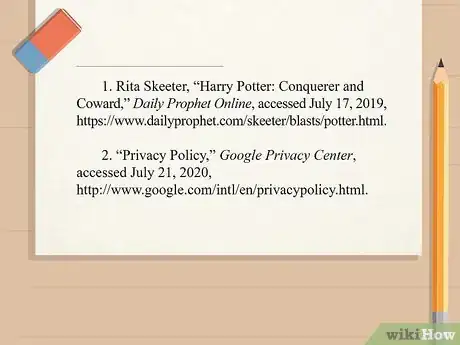
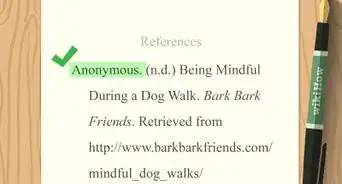



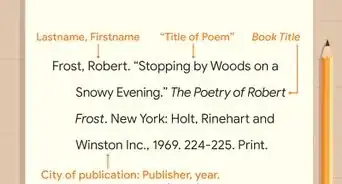
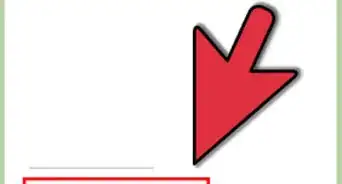
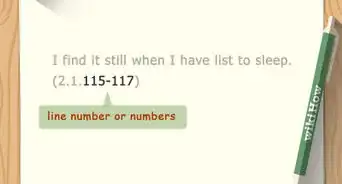



-Step-18.webp)
